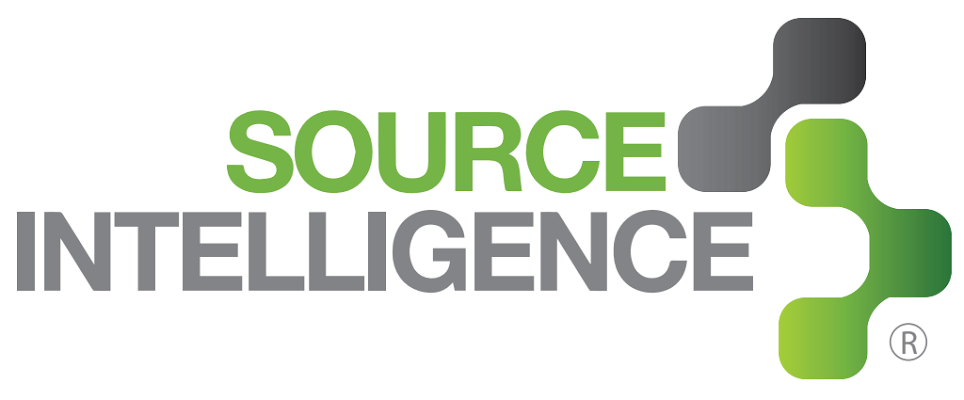Conflict Minerals Compliance Basics: Reporting
Breaking down the basic terminology of conflict minerals compliance

The final step in the reporting process that we will cover in our “Conflict Minerals Compliance Basics” series is reporting.
Once the data has been aggregated, and the risk assessed, a disclosure statement (product/component specific) needs to be generated so it can be used to demonstrate compliance with Section 1502 due diligence requirements. The disclosure statement, while simple, also becomes a decision support tool. It includes the name and manufacturer of the product/component assessed, the metals present, the DRC-origin risk score, and whether conflict-free certifications were obtained at each level of the supply chain. Charts and tables are used to convey this information in a succinct and easy to understand manner. Using this information companies will be able to inform and influence sourcing decisions, manage supply chain risks, and demonstrate an organization’s commitment to sustainability.
Issuers will provide their conflict minerals information in a new report on a new Exchange Act form in addition to providing its Conflict Minerals Report as an exhibit, and not in the body of the new report. Issuers with conflict minerals necessary to production must provide a specialized disclosure report on Form SD by May 31st of each year (due later than the annual report so as not to interfere with such issuers preparation of its Exchange Act annual report). Issuers must make their conflict minerals disclosure or its Conflict Minerals Report available on the issuers Internet website for one year (the issuers Form SD with the conflict minerals report will be available on EDGAR indefinitely).
If you are in this stage and are having a hard time completing the report, Source Intelligence is here to help. To see what their platform and call center can do for you, register for a free personalized demo today.

